It’s a mistake most hikers don’t realize they’re making.
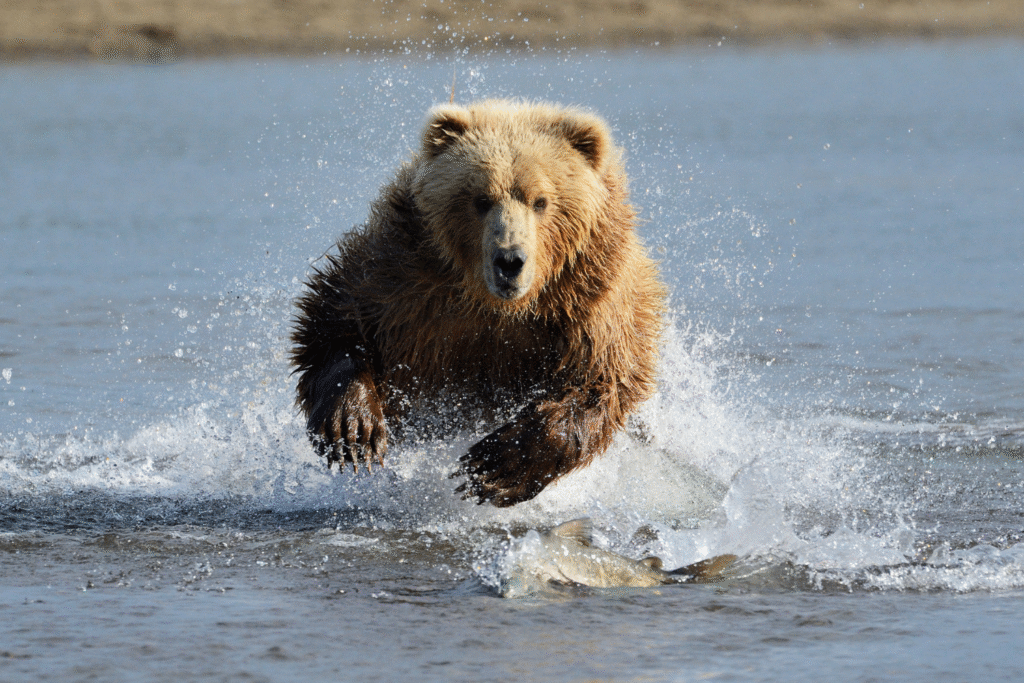
Most people head outdoors for peace, not peril. Yet a single, seemingly harmless habit could bring you far closer to a predator than you’d ever want to be. Wildlife encounters are on the rise, and scientists say it’s not just where we hike, it’s how we behave while out there. The natural world has changed fast, and animals once hidden deep in forests and deserts are showing up closer to trails, campsites, and even backyards. One small oversight can be the difference between a calm day in nature and a terrifying stand-off.
1. Leaving food scraps behind is a dinner invitation.
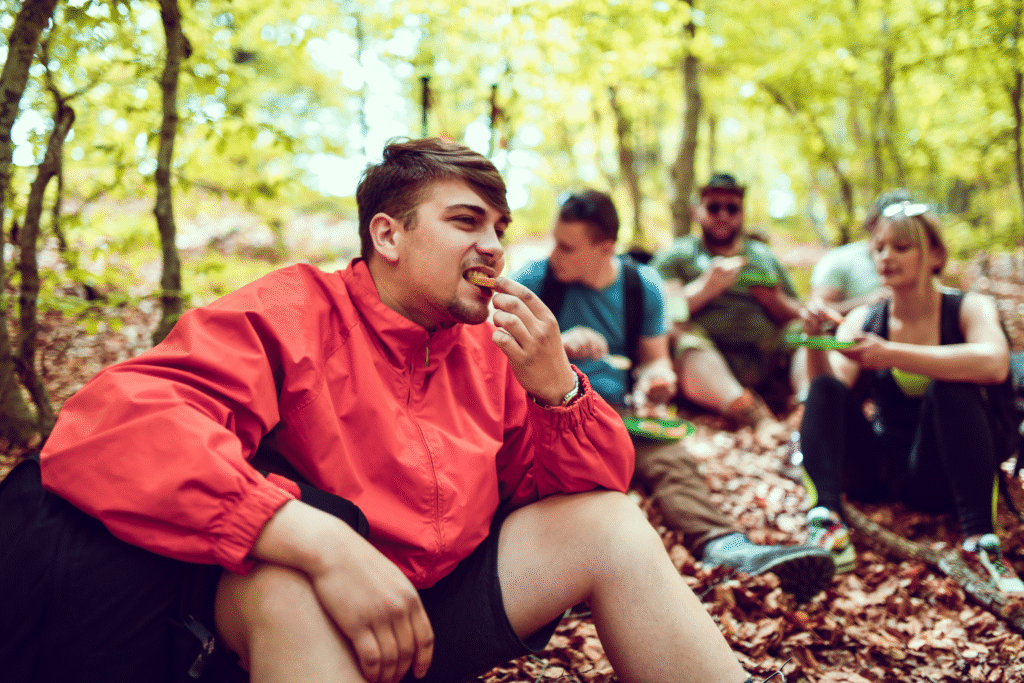
A forgotten sandwich crust or an apple core may seem harmless, but to predators, that’s a flashing neon sign. When hikers or campers leave behind food, bears, mountain lions, coyotes, and even wolves can start associating human scent with an easy meal. As stated by the National Park Service, food-conditioned predators lose their fear of people, which often ends with them being euthanized for safety. It’s a tragedy that begins with something as small as a snack wrapper left under a picnic table.
Once an animal learns that humans mean food, the pattern spreads. Offspring observe and repeat the behavior, embedding it into generations of wildlife. What started as a lazy cleanup turns into a behavioral shift that ripples across entire habitats. Nature adapts quickly, but not always in our favor. The next time a raccoon approaches without hesitation, it’s a sign of a much bigger problem.
2. Jogging alone at dawn or dusk changes the odds.
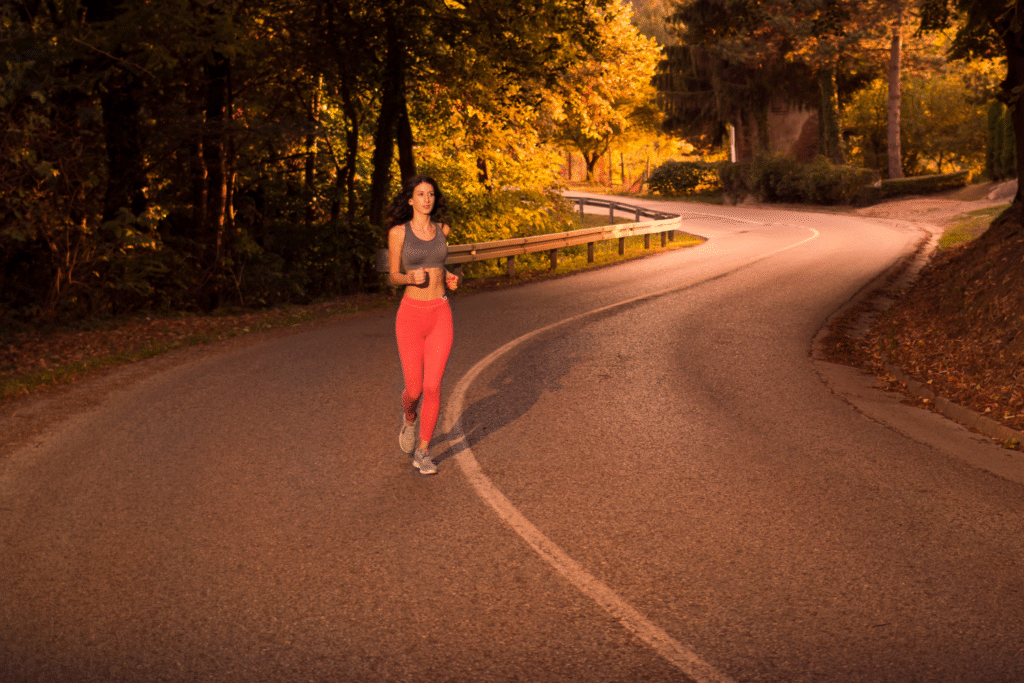
Predators are crepuscular—most active at dawn and dusk, so your sunrise run might overlap perfectly with their hunting window. According to the Colorado Parks and Wildlife Department, mountain lions and coyotes are most active during those quiet, low-light hours. Ending up in their path isn’t just bad timing; it’s instinct colliding with opportunity. When you move fast, quiet, and alone, you’re not unlike the prey they’re designed to chase.
Wearing earbuds makes it worse, cutting off the one warning nature gives, sound. A rustle in dry grass or crunch of paws behind you goes unnoticed until it’s too late. Runners have reported being followed silently for minutes before realizing they weren’t alone. Awareness, not speed, is your best defense when the forest is just waking up.
3. Turning your back on wildlife feels natural, but isn’t.
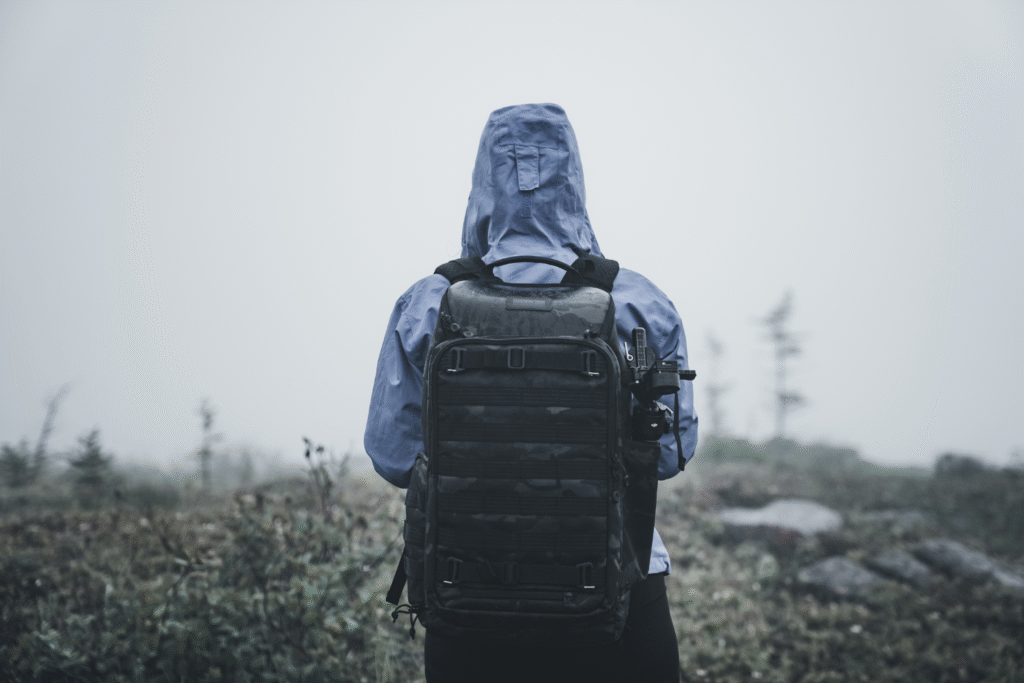
Instinct tells us to walk away when danger appears. Unfortunately, in predator logic, retreating equals weakness. As reported by the U.S. Fish and Wildlife Service, turning and running can trigger a chase reflex even in animals that weren’t initially interested. Facing the animal, maintaining eye contact, and slowly backing away sends a far clearer message which is confidence.
Most encounters don’t end in attack, but they do test boundaries. When hikers bolt or scream, animals react out of confusion, not malice. Standing still, speaking calmly, and appearing large is counterintuitive but effective. It’s one of those moments where knowing how not to move can save your life.
4. Setting up camp near animal trails turns risky fast.
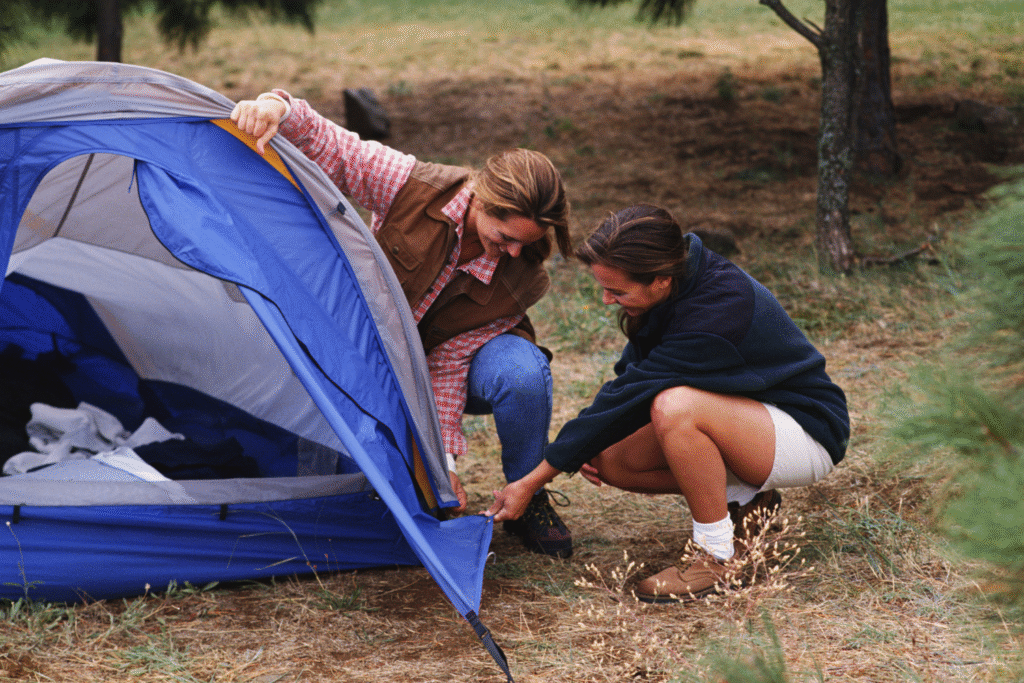
Those narrow dirt paths winding through woods aren’t just shortcuts, they’re travel corridors for wildlife. Many campers unknowingly pitch tents near these routes, mistaking them for human-made trails. By morning, they realize they’ve set up right in the middle of a predator’s commute. Animals like bears and bobcats follow these same tracks nightly, leaving scent marks that guide others.
It’s easy to miss the signs: clawed trees, scat, or flattened grass. Choosing a more open area may feel exposed, but it’s safer. Wildlife tends to avoid wide, scentless zones that don’t carry the smell of previous crossings. The quiet hours before dawn are when most encounters occur, and where your tent is placed decides who passes by.
5. Leaving pets unleashed can trigger hunting behavior.
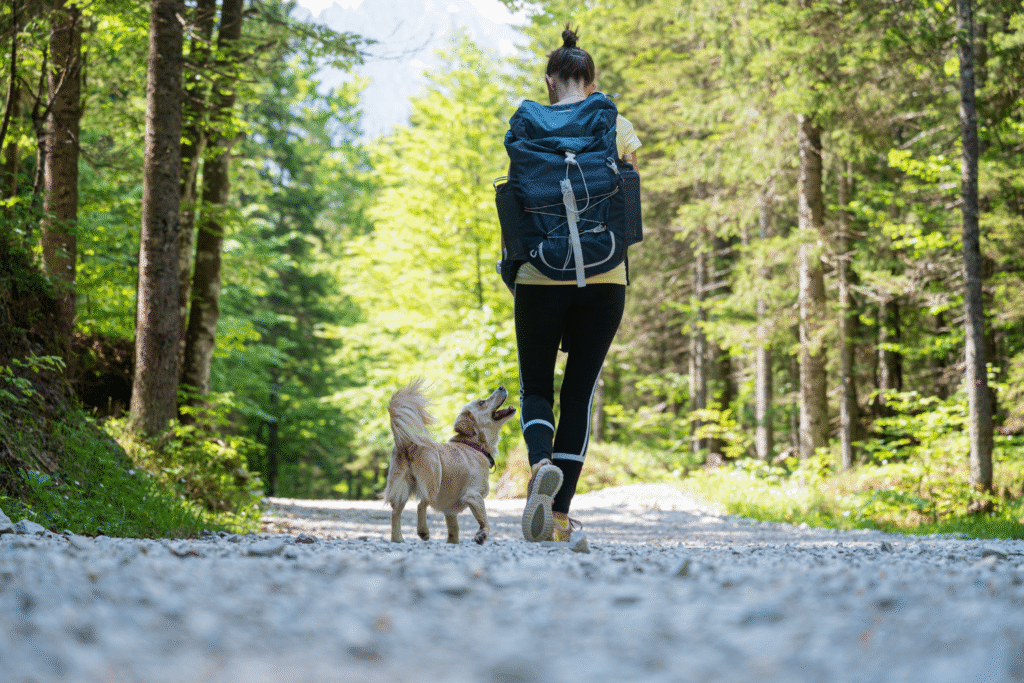
A loose dog is often the first to spot trouble, and the first to attract it. Coyotes, in particular, are drawn to small dogs wandering ahead on trails. They see them as both rivals and prey. Even friendly dogs chasing wildlife can ignite territorial reactions. Once that chase starts, it’s rarely in your control anymore.
Keeping pets leashed not only protects them but also prevents predators from viewing the area as active territory. Wildlife agencies constantly remind pet owners that unleashed dogs are involved in most coyote-related incidents. It’s not a matter of fear but respect for how wild instincts work. The leash is a line between curiosity and danger.
6. Wearing strong scents can alter how animals perceive you.
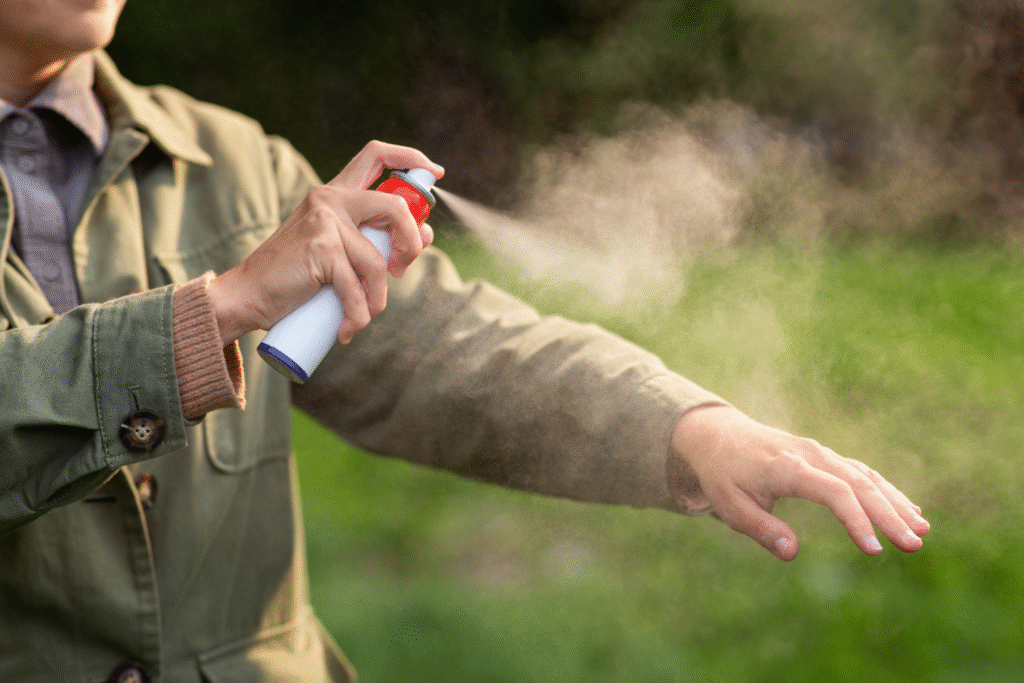
That citrusy bug spray or floral lotion might smell nice to you, but to predators, it’s confusing and attention-grabbing. Wild animals rely on scent to identify threats or food, and strong artificial odors distort that signal. Bears, for instance, have an acute sense of smell—up to seven times stronger than a bloodhound’s—and can detect perfumes or insect repellent from miles away.
Blending into nature isn’t just about camouflage; it’s about scent neutrality. Fragrance-free sunscreen or gear wipes help reduce your olfactory footprint. The goal isn’t invisibility—it’s non-disruption. You want to exist in the wild without sending chemical signals that shout “unknown intruder.”
7. Ignoring posted warning signs is a common regret.
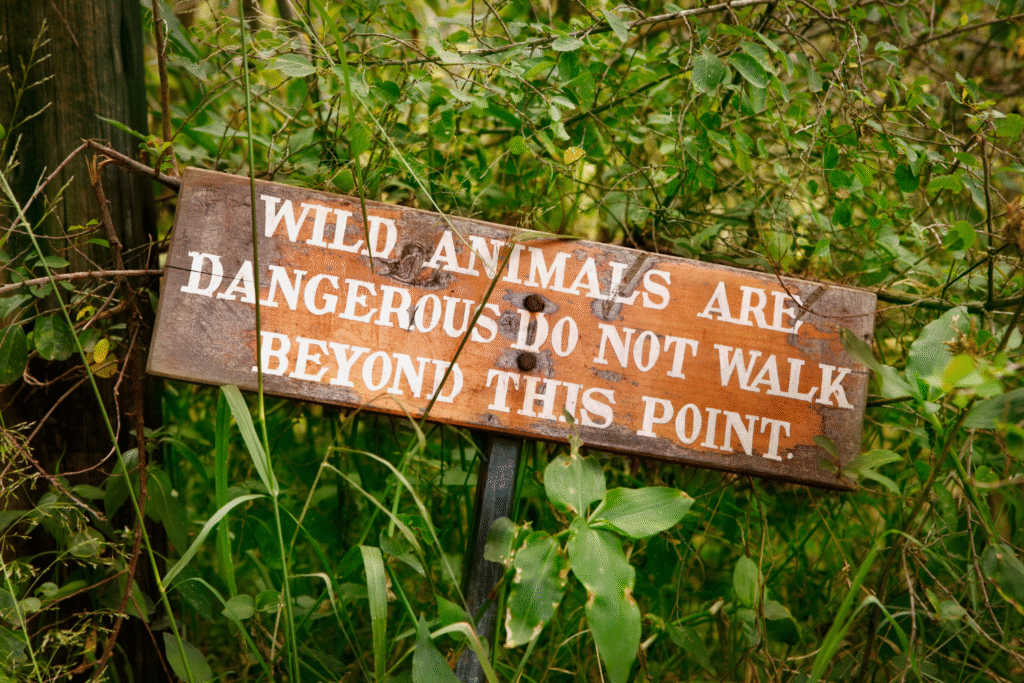
When parks or rangers post alerts about recent wildlife sightings, many visitors treat them like background noise. But those signs often mark areas where predators have been seen stalking or feeding recently. Skipping the warnings because the view looks great is one of the biggest outdoor mistakes people make.
Each notice represents a data point, sightings, tracks, even motion-sensor footage compiled over weeks. When you bypass them, you’re essentially walking blind into the most active zones. A safer, more thrilling story is the one you live to tell afterward, not the one rangers find evidence of later.
8. Taking selfies near wildlife creates dangerous proximity.
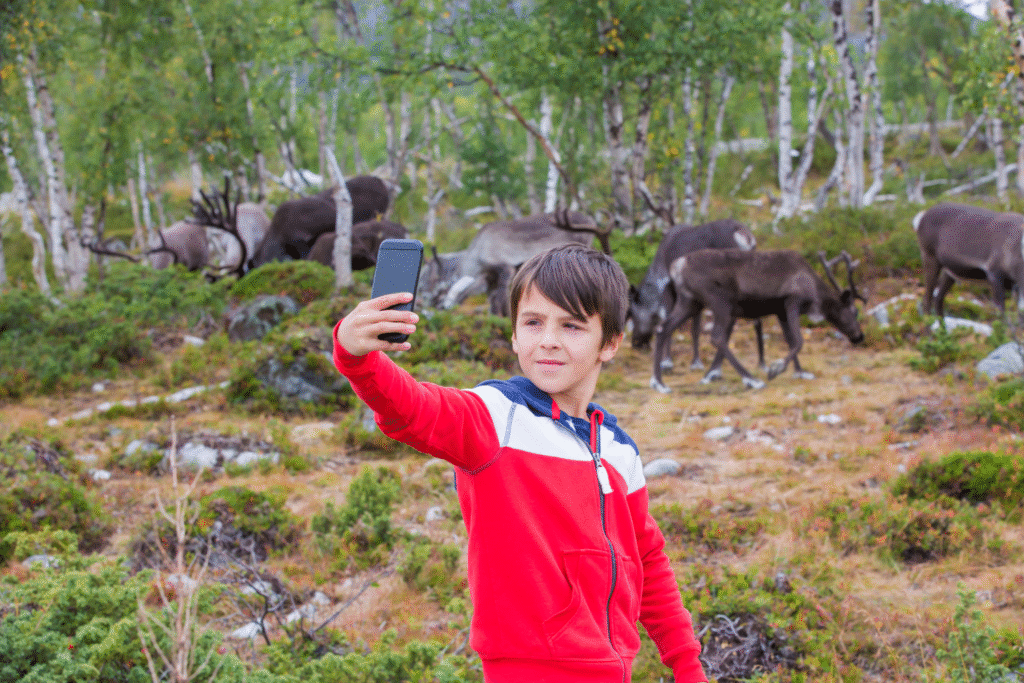
Tourists step closer for that “perfect shot,” forgetting that animals don’t understand camera lenses. Approaching within twenty or thirty feet can trigger defensive behavior in moose, elk, or bears. Some attacks happen because a hiker wanted a better angle. What starts as awe becomes threat in seconds.
Wildlife experts call it “the selfie effect”, a mix of overconfidence and underestimation. It’s not just naive tourists, either; even experienced hikers slip up in the moment. The solution isn’t avoiding photos—it’s maintaining a respectful distance and letting a zoom lens do the work. No image is worth a lifetime of scars.
9. Leaving trash cans unsecured turns neighborhoods into hunting zones.

As human settlements overlap more with wilderness, trash becomes the new food source. Bears, raccoons, and even cougars follow the smell of garbage into towns. Once they find an easy target, they return nightly. That routine eventually leads to confrontation, often on porches or driveways where people least expect it.
Using wildlife-proof containers breaks that cycle. It’s not just about tidiness—it’s about cutting off the supply chain that draws predators closer. Every secured bin keeps another animal from learning to scavenge where people sleep. It’s a simple act with enormous ripple effects on safety.
10. Assuming predators are “out there” ignores modern reality.

Many people still believe wild predators stay deep in forests, far from human spaces. But sightings show they’re adapting fast to suburban life. Mountain lions have been recorded walking down city streets, and black bears wander through schoolyards in states like California and Colorado. The wilderness has redrawn its own borders.
Understanding that shift changes how we coexist. It’s not about fear—it’s about awareness and balance. The wild isn’t shrinking so much as adjusting, reclaiming the space we’ve carved into it. Staying alert, responsible, and respectful keeps both sides alive, and that’s the most natural harmony there is.
